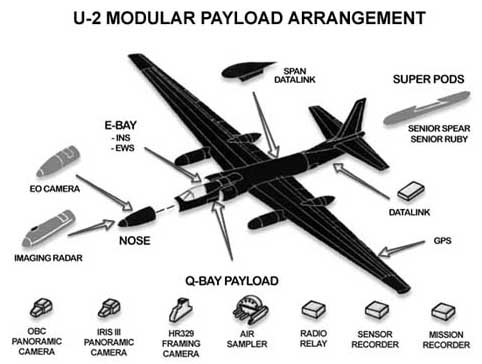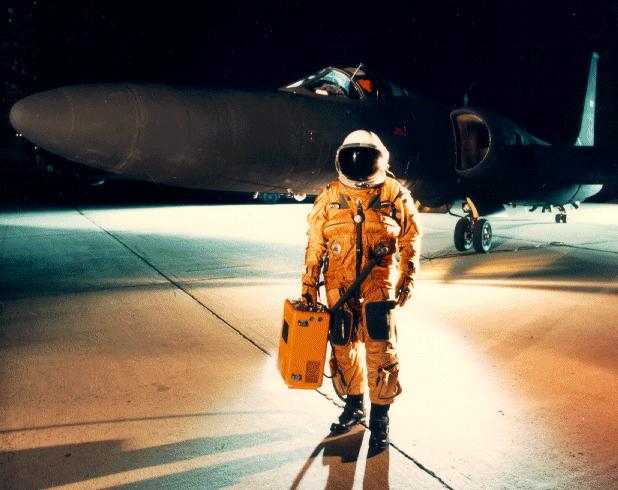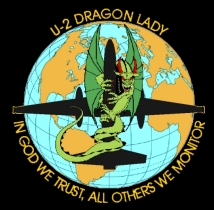Air Power
Lockheed U-2A

The U-2 was designed and built for surveillance missions in the thin atmosphere above 55,000 feet. An unusual single-engine aircraft with sailplane-like wings, it was the product of a team headed by Clarence L. "Kelly" Johnson at Lockheed's "Skunk Works" in Burbank, California. The U-2 made its first flight in August 1955 and began operational service in 1956. Its employment was kept secret until May 1, 1960, when a civilian-piloted U-2 was downed on a non-USAF reconnaissance flight over Soviet territory.
USAF U-2s have been used for various missions. On October 14, 1962, Maj. Richard S. Heyser piloted a U-2 over Cuba to obtain the first photos of Soviet offensive missile sites. Maj. Rudolph Anderson, Jr. was killed on a similar mission eight days later when his U-2 was shot down. U-2s also have been used in mapping studies, atmospheric sampling and for collecting crop and land management photographic data for the Department of Energy.
SPECIFICATIONS
Span: 80 ft.
Length: 49 ft. 7 in.
Height: 13 ft.
Weight: 15,850 lbs. (17,270 lbs. with external fuel tanks)
Armament: None
Engine: Pratt & Whitney J57-P-37A of 11,000 lbs. thrust (J75-P-13 of 17,000 lbs. thrust for later models)
PERFORMANCE
Maximum speed: 494 mph.
Cruising speed: 460 mph.
Range: 2,220 miles (over 3,000 miles for later models)
Service Ceiling: Above 55,000 ft. (above 70,000 ft. for later models)
Photos/Information courtesy of the US Air Force Museum



